Product information
Reviews
Shipping & returns
Product information
GE DS200TCPDG1BEC Important I/O Processing Module
I. Functional Features
Signal Processing and Conversion
It supports the processing of multiple types of input/output signals, including analog signals (such as 4-20mA current signals, 0-10V voltage signals) and digital signals (switching signals). It can connect to on-site equipment such as temperature sensors, pressure transmitters, and valve position feedback devices to realize real-time monitoring of the turbine’s operating status and convert control commands into signals recognizable by actuators.
Signal Processing and Conversion
It supports the processing of multiple types of input/output signals, including analog signals (such as 4-20mA current signals, 0-10V voltage signals) and digital signals (switching signals). It can connect to on-site equipment such as temperature sensors, pressure transmitters, and valve position feedback devices to realize real-time monitoring of the turbine’s operating status and convert control commands into signals recognizable by actuators.
Logic Control and Linkage
It has basic logic operation capabilities. According to preset programs or instructions from upper-level controllers (such as processor modules), it can filter, amplify, and isolate input signals, then output precise control signals to drive executive components such as relays and solenoid valves, thereby realizing the adjustment of turbine parameters such as speed, load, and valve opening.
It has basic logic operation capabilities. According to preset programs or instructions from upper-level controllers (such as processor modules), it can filter, amplify, and isolate input signals, then output precise control signals to drive executive components such as relays and solenoid valves, thereby realizing the adjustment of turbine parameters such as speed, load, and valve opening.
High Anti-Interference and Reliability
It adopts industrial-grade components and isolation designs (such as photoelectric isolation and power isolation), which can effectively resist electromagnetic interference (EMI), radio frequency interference (RFI), and voltage fluctuations in industrial sites. It ensures stable operation in complex environments such as high temperature, vibration, and dust, reducing the risk of signal distortion or interruption.
It adopts industrial-grade components and isolation designs (such as photoelectric isolation and power isolation), which can effectively resist electromagnetic interference (EMI), radio frequency interference (RFI), and voltage fluctuations in industrial sites. It ensures stable operation in complex environments such as high temperature, vibration, and dust, reducing the risk of signal distortion or interruption.
Status Monitoring and Diagnosis
It integrates a fault diagnosis circuit. The on-board indicator lights (such as power lights, fault lights, and signal status lights) can real-time feedback the working status of the module. At the same time, it supports communication with the system’s main controller to upload fault information (such as signal loss, overvoltage/overcurrent), facilitating maintenance personnel to quickly locate problems.
It integrates a fault diagnosis circuit. The on-board indicator lights (such as power lights, fault lights, and signal status lights) can real-time feedback the working status of the module. At the same time, it supports communication with the system’s main controller to upload fault information (such as signal loss, overvoltage/overcurrent), facilitating maintenance personnel to quickly locate problems.
Modular Design and Compatibility
With standardized interfaces and mechanical dimensions, it can directly and seamlessly connect with Mark V series power modules (such as IC3600EPSA1), processor modules, etc. It supports system expansion or replacement and adapts to the control needs of turbines with different power levels.
With standardized interfaces and mechanical dimensions, it can directly and seamlessly connect with Mark V series power modules (such as IC3600EPSA1), processor modules, etc. It supports system expansion or replacement and adapts to the control needs of turbines with different power levels.
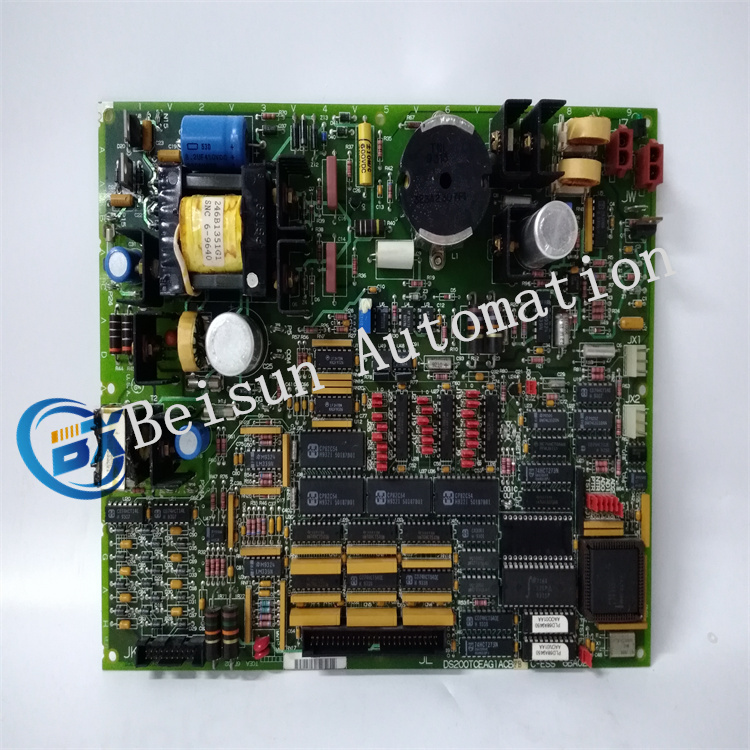
II. Technical Parameters
| Parameter Category | Specific Specifications |
|---|---|
| Operating Voltage | DC 24V (typical value), allowing a fluctuation range of ±10% (i.e., 21.6V-26.4V) |
| Power Consumption | Maximum power consumption is approximately 12W, with a low-heat design to extend service life |
| Input Signal Types | Analog input: 4-20mA current signal, 0-10V voltage signal (supporting differential input to improve anti-interference performance) Digital input: dry contact/wet contact signals (voltage range 24V DC) |
| Output Signal Types | Analog output: 4-20mA current signal (load capacity ≤ 500Ω) Digital output: relay contact output (capacity 5A/250V AC or 5A/30V DC) |
| Isolation Level | Signal isolation: ≥2500V AC (between input and output, input and power supply) |
| Operating Environment | Temperature: -10℃ ~ +60℃ (operation); -40℃ ~ +85℃ (storage) Humidity: 5% ~ 95% RH (no condensation) Vibration: ≤10g (10-2000Hz) |
| Connector Specifications | Equipped with a 60-pin main connector (such as JTB, JTC) for signal and power transmission; a 16-pin auxiliary connector (such as JTD) for extended signals |
| Dimensions and Weight | Circuit board dimensions: approximately 280mm × 180mm (length × width); weight: approximately 0.8kg |
| Protection Functions | Overvoltage protection (triggered when input voltage > 30V), overcurrent protection (current limiting when output current > 25mA), reverse connection protection |
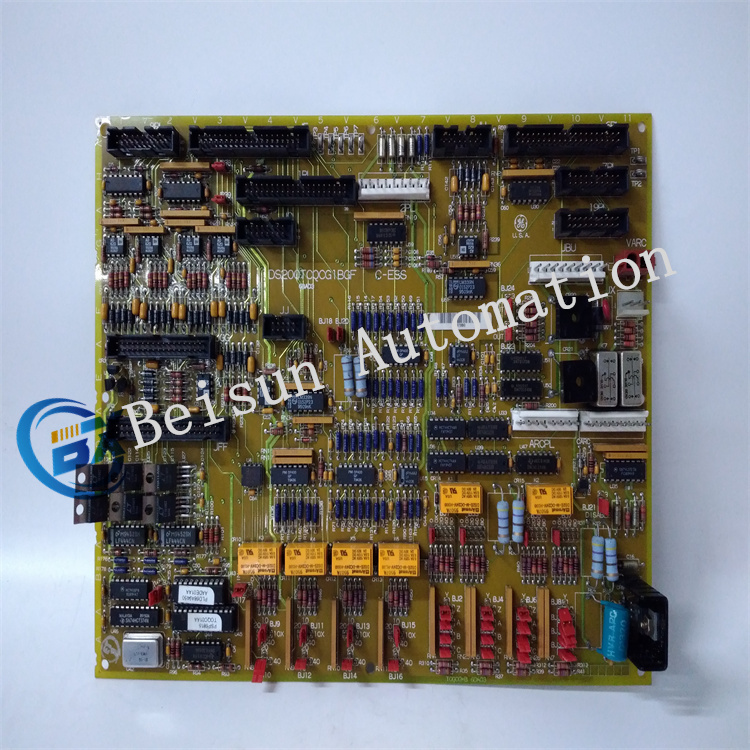
III. Application Fields
Gas Turbine Control
As a core I/O module, it is used in gas turbine links such as combustion chamber temperature monitoring, compressor pressure feedback, and fuel valve control. It converts sensor signals into digital quantities and transmits them to the main controller, while executing the controller’s adjustment instructions to ensure the gas turbine operates under efficient and safe working conditions.
Gas Turbine Control
As a core I/O module, it is used in gas turbine links such as combustion chamber temperature monitoring, compressor pressure feedback, and fuel valve control. It converts sensor signals into digital quantities and transmits them to the main controller, while executing the controller’s adjustment instructions to ensure the gas turbine operates under efficient and safe working conditions.
Steam Turbine Control
It is suitable for the collection and control of steam turbine parameters such as steam pressure, temperature, and speed. It drives equipment such as speed governors and extraction valves to maintain the stable operation of the steam turbine and reduce efficiency decline or equipment damage caused by parameter fluctuations.
It is suitable for the collection and control of steam turbine parameters such as steam pressure, temperature, and speed. It drives equipment such as speed governors and extraction valves to maintain the stable operation of the steam turbine and reduce efficiency decline or equipment damage caused by parameter fluctuations.
Industrial Power System Integration
It is widely used in the control of large power equipment in fields such as power plants, refineries, and steel mills. As an I/O interface hub, it connects on-site instruments and control systems, supports remote monitoring and automatic control, and improves the reliability and response speed of the entire power system.
It is widely used in the control of large power equipment in fields such as power plants, refineries, and steel mills. As an I/O interface hub, it connects on-site instruments and control systems, supports remote monitoring and automatic control, and improves the reliability and response speed of the entire power system.
Auxiliary System Control
It can be used for signal processing of turbine auxiliary systems (such as lubrication systems and cooling systems), monitoring parameters such as oil pump pressure and cooling water temperature. When an abnormality occurs, it outputs an alarm signal and triggers protective actions (such as shutdown, switching to a standby pump) to ensure the overall safety of the turbine.
It can be used for signal processing of turbine auxiliary systems (such as lubrication systems and cooling systems), monitoring parameters such as oil pump pressure and cooling water temperature. When an abnormality occurs, it outputs an alarm signal and triggers protective actions (such as shutdown, switching to a standby pump) to ensure the overall safety of the turbine.
Summary
As a key I/O control board of the Mark V series, DS200TCPDG1BEC plays the role of a “signal hub” in the field of turbine control with its multi-signal processing capability, high reliability, and compatibility, providing core support for the precise control and stable operation of industrial power equipment.
As a key I/O control board of the Mark V series, DS200TCPDG1BEC plays the role of a “signal hub” in the field of turbine control with its multi-signal processing capability, high reliability, and compatibility, providing core support for the precise control and stable operation of industrial power equipment.
Reviews
Be the first to review “GE DS200TCPDG1BEC Important I/O Processing Module” Cancel reply
Shipping & returns
Free and fast shipping
Cras condimentum sapien eu congue tincidunt. Ut lobortis augue non justo interdum, ut vehicula massa vehicula. Aenean ut lectus augue.
Easy returns
Aliquam dapibus placerat dui, ac ullamcorper odio dapibus eget. Sed aliquam leo pellentesque est blandit, sit amet posuere dui maximus.
Order tracking
Nullam lacinia iaculis erat ut fermentum. Praesent volutpat sagittis dictum. Mauris quis egestas dui, eu iaculis turpis.
24/7 customer support
Congue tincidunt. Ut lobortis augue non justo interdum, ut vehicula massa vehicula. Aenean ut lectus augue.


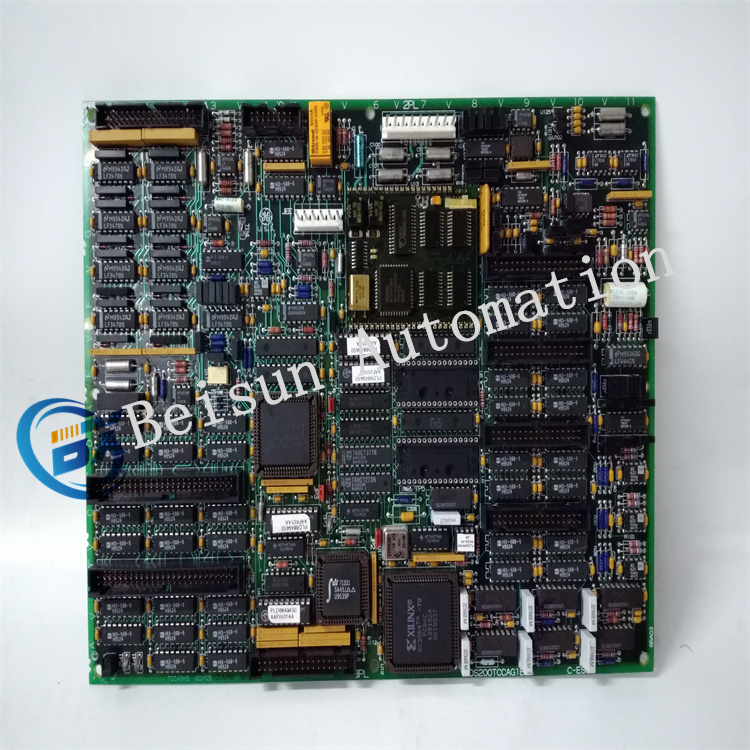
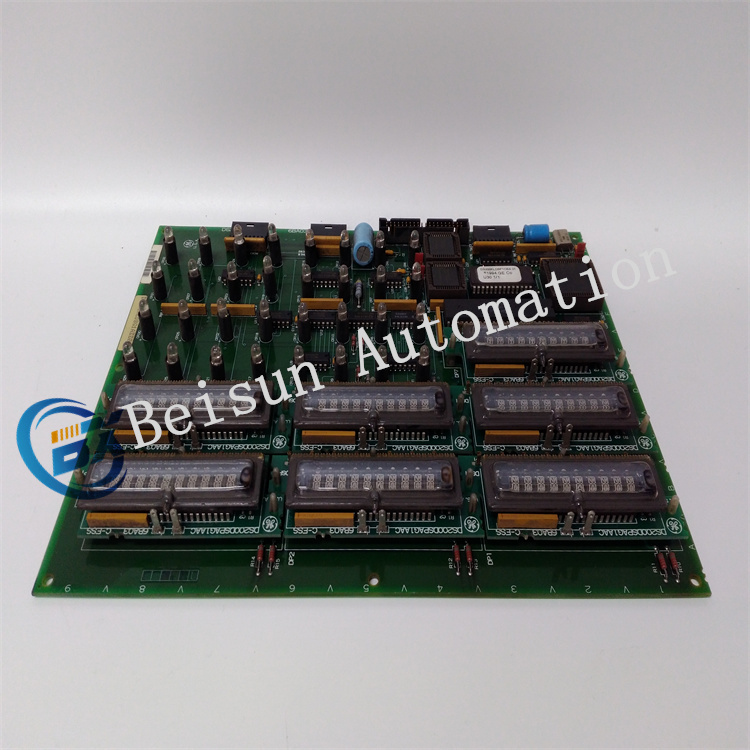
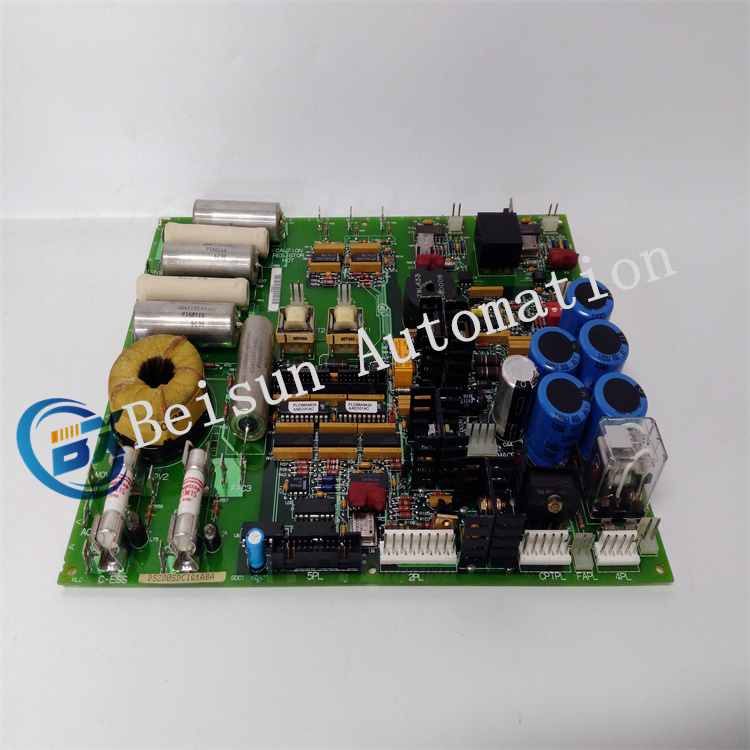
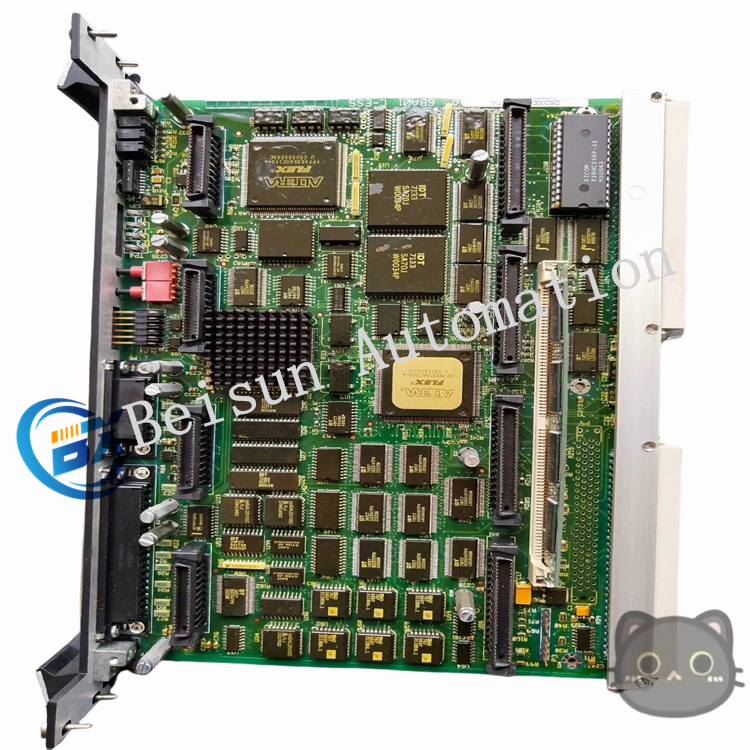
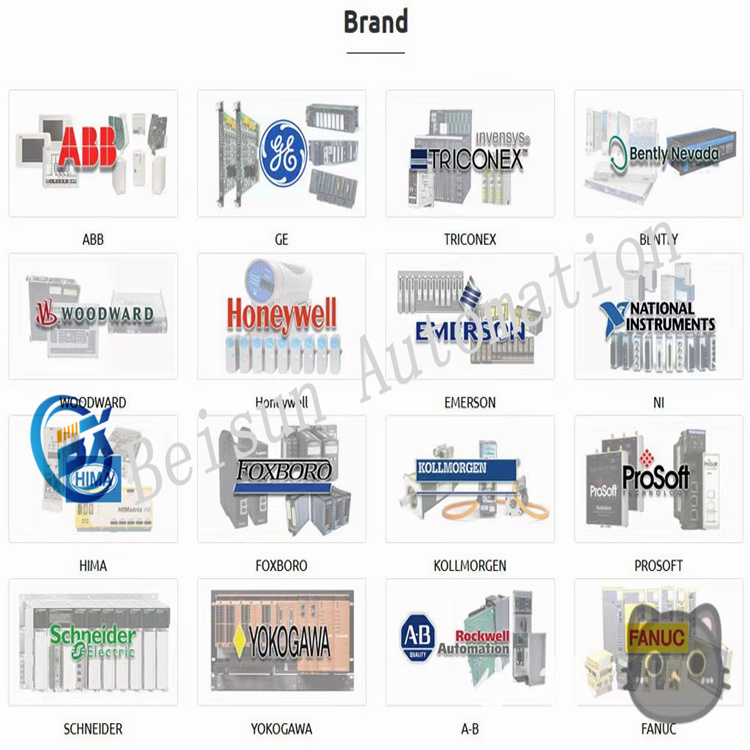
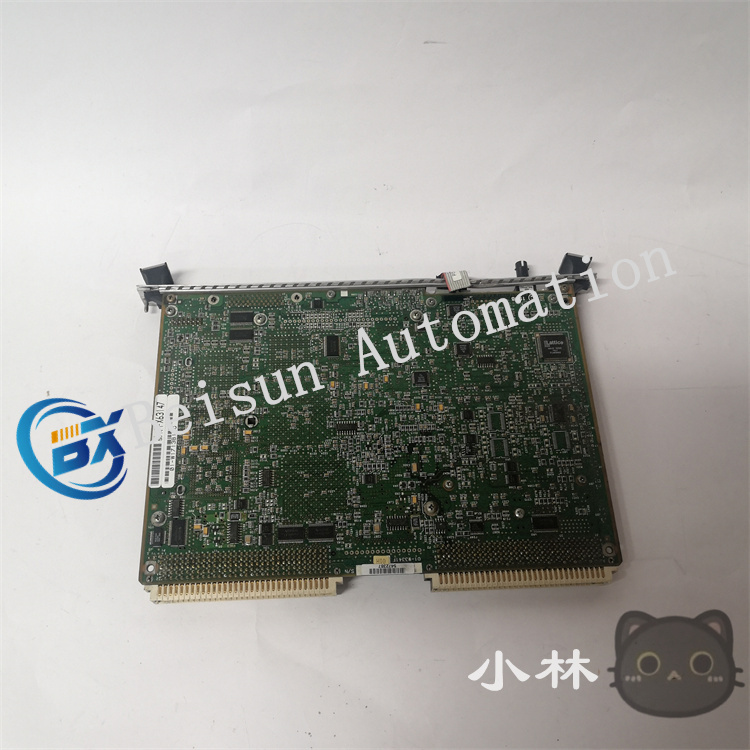
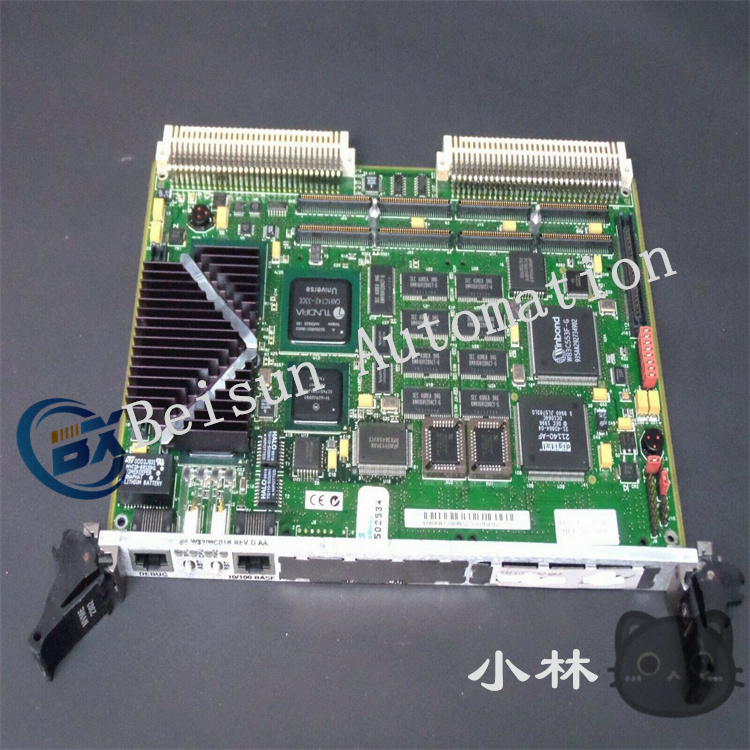
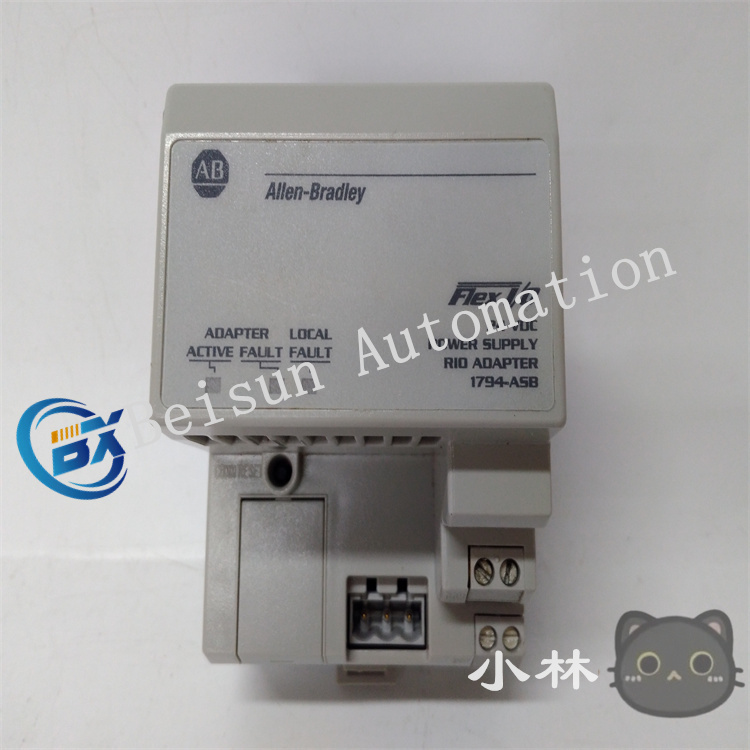
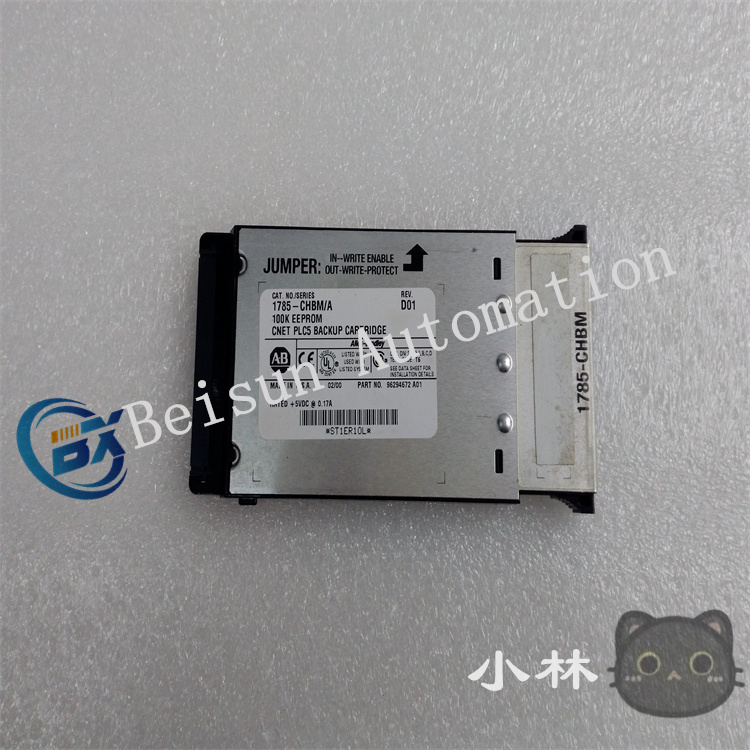
Reviews
There are no reviews yet.